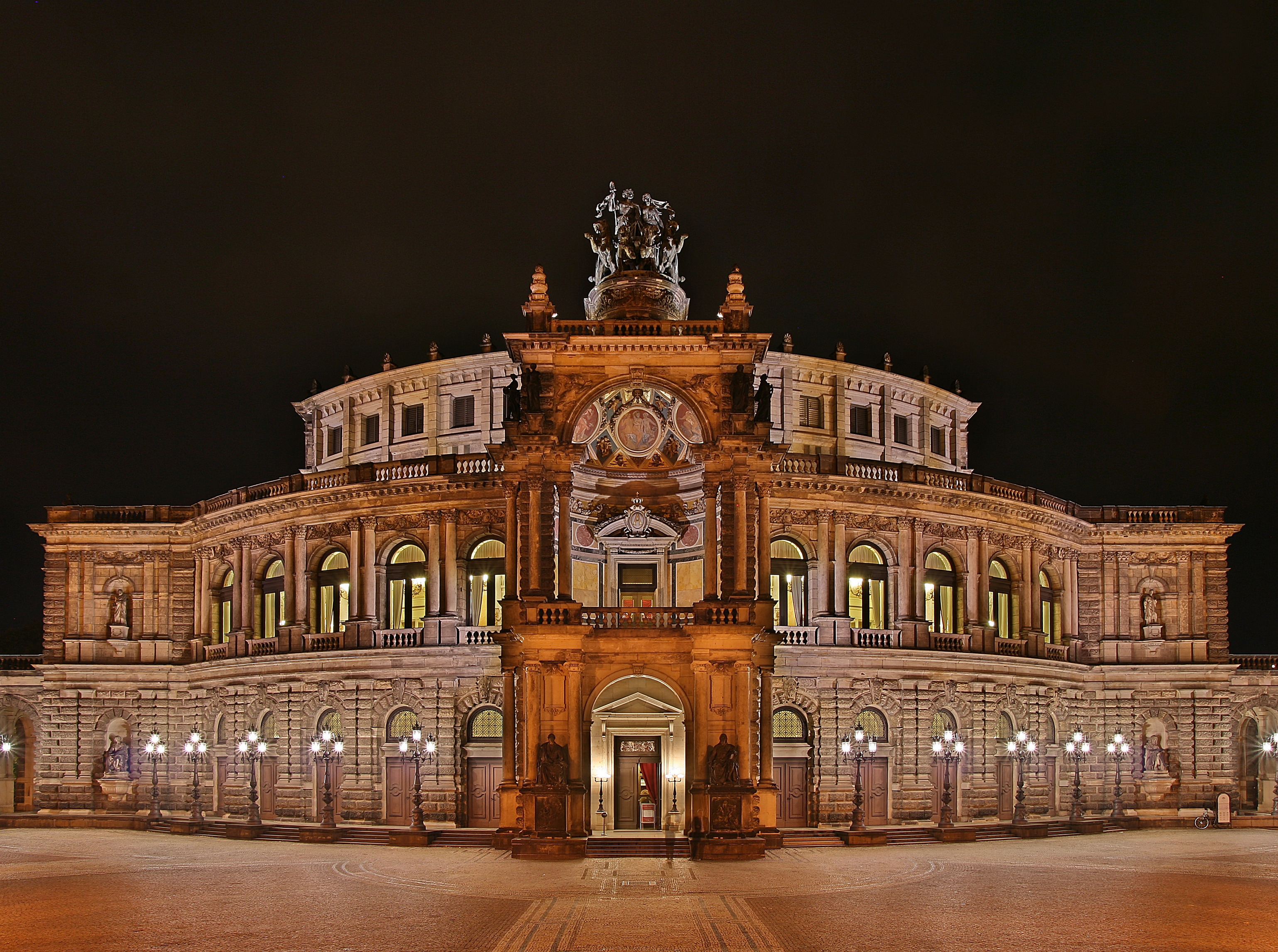If enough knowledge exists of an ancient wonder, it can be recreated. For example, the city of Nashville has a copy of the Parthenon that now includes a reproduction (or reinterpretation) of Phidias' famous statue of Athena. Since the French had to close the Cave of Lascaux to the many visitors who wanted to see its famous ice-age paintings, they made a copy in which the visitors could ooh and aah. A copy of the Chauvet Cave will open in 2014. (There's a documentary film on the wonderful art at Chauvet called The Cave of Forgotten Dreams by Werner Herzog).
This approach to the past can be much better than the alternatives of letting the original be destroyed or shutting it away from the world. On the other hand, it risks turning an artistic and cultural wonder into a Disneyland attraction. For example, in the case of the Nashville Parthenon, the original temple is sited high on the Acropolis and is visibly the centre of Athens; the copy is on a level space in a public park. The original is carved of Pentelic marble; the copy is cast from concrete. The statue inside was made of ivory and gold; the copy is gypsum cement and ground fibreglass, although it was recently painted and gilded to resemble the original. Even with the best will in the world, such reproductions are not equivalents to the real thing.
It might come closer to the real thing if the building's use was restored along with its appearance. For example, there are modern pagans such as the members of Hellenion who would, I am sure, be happy to worship Athena there.
On the other hand, people sometimes try to restore the original. The members of Nova Roma tried an interesting example of this. They co-sponsored the excavation of an ancient Roman temple in the expectation that they would be able to restore it and worship there. Unfortunately, the project was beyond their means
The Victorians had a penchant for restoration. For example, parts of Knossos were restored by Arthur Evans using modern materials and a good helping of imagination. These days, it is dictators who are mostly likely to rebuild the past: Mussolini restoring the Ara Pacis; Saddam Hussein restoring parts of Babylon. The problem with this is that we "restore" according to what we know now, not according to what we could have learned if we had let things be. That is why modern practice is to make the original and the new portions of a reconstruction visibly different.
Perhaps the best way to venerate the great achievements of the past is to build modern structures beside them that will carry on their work. For example, near the old Library of Alexandria is the new Library of Alexandria. (Its home site is here). Likewise, the University of Nalanda, India, will be accepting its first new students in 800 years in a new campus being built near the old one. Significantly, both of these projects were built through multinational funding because the original institutions were important far beyond their local region. The new Bibliotheca Alexandrina received support from the Egyptian government, UNESCO, several Arab states, and the French National Library. The new University of Nalanda received a gift of land from the State of Bihar and money for construction from Japan and Singapore. It may become a project of the East Asia Summit. Similarly, after large parts of the Shaolin Monastery had been burned by a warlord in 1928 and its library destroyed by Red Guard vandals in 1966, martial artists around the world contributed funds to revive it. This was their way of paying tribute to the institution where Kung Fu was created.
It is pleasant to think of what institutions of the past could be fanned back into life. One obvious candidate is the ancient University of Timbuktoo, though the civil strife in Mali would make that difficult. Another is the old House of Wisdom in Baghdad, which introduced European learning to the Arab world, thus preserving and extending it. Notably, algebra was invented by one of its scholars. Alas, Iraq, too, is in an untranquil state.
One institution that should not be rebuilt is the temple in Jerusalem. To rebuild that would risk knocking down the second most sacred structure in the Islamic world, the Dome of the Rock. I know of no better way to ensure the instant launching of a world-shattering holy war, although some people are working towards it. If it's to be rebuilt, it should be rebuilt elsewhere. Perhaps on the island of Elephantine?
If you can think of other worthy candidates for revival, please let me know in the comments.
-----------------------------------
The Germans seem fond of partially restoring, partially modernizing historically significant buildings. One example is the old Parliament Building, the Reichstag, which was damaged by bombing in World War II and sat unused while Germany was divided into East and West. After unification, its exterior was mostly restored, but a new dome on the building was made of glass and metal in a modern style. The difference is not immediately apparent from the outside.
From the inside, however, it looks entirely different, just as the modern Bundestag differs from the parliament of the German Empire in 1894, the year the building was completed.
The East Germans built their modern-style parliament building on the site of Frederick the Great's palace. The modern building, in turn, has been demolished and the plan has been announced to, in part, rebuild the old palace. That is, the façade of the new building will match the old palace on three sides, but the fourth, facing the river, will be of modern design, and the interior will be entirely new.
Dresden suffered from a famous firebombing attack that destroyed much of the city. Important buildings in the city centre have been reconstructed from ruins and the plan to restore the rest is in progress.
 |
| Dresden, before |
 |
| Dresden, after. The Opera House. |
The different approaches to rebuilding or reusing the past are exemplified by two theatres in London. The first is Shakespeare's famous Globe Theatre. Near its buried remains, a faithful reconstruction opened in 1997. Shakespeare's plays have been performed there since.
On the other hand, the remains of Shakespeare's Curtain Theatre were discovered in 2012. Planning permission has been sought to create a new playhouse here that will protect and display the ruins of the old one. A similar plan has been proposed for The Theatre, which was discovered five years ago. It was the second playhouse ever to open in London.

No comments:
Post a Comment